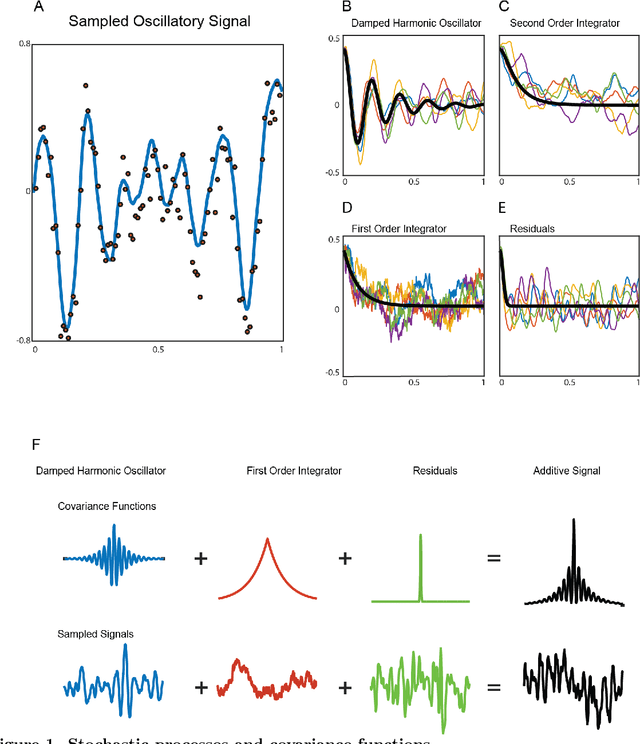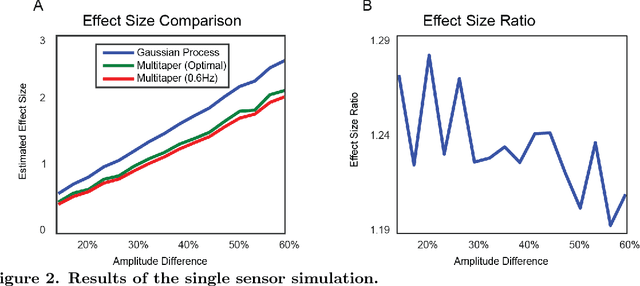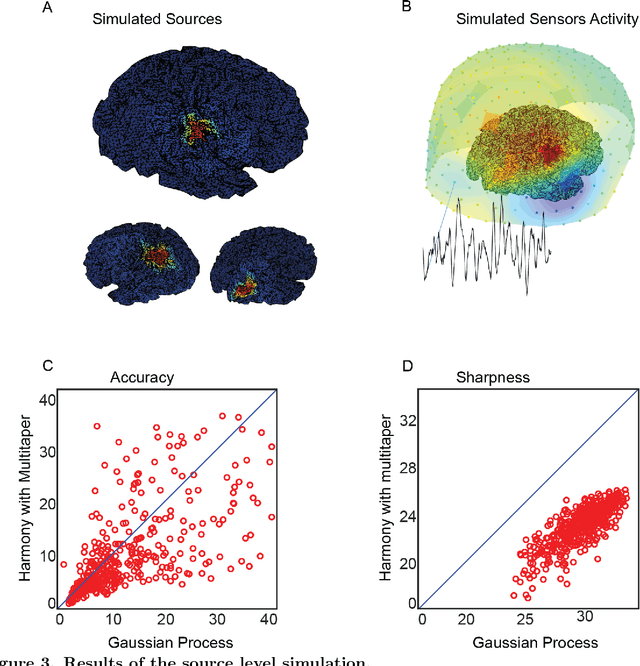Dynamic Decomposition of Spatiotemporal Neural Signals
Paper and Code
May 09, 2016



Neural signals are characterized by rich temporal and spatiotemporal dynamics that reflect the organization of cortical networks. Theoretical research has shown how neural networks can operate at different dynamic ranges that correspond to specific types of information processing. Here we present a data analysis framework that uses a linearized model of these dynamic states in order to decompose the measured neural signal into a series of components that capture both rhythmic and non-rhythmic neural activity. The method is based on stochastic differential equations and Gaussian process regression. Through computer simulations and analysis of magnetoencephalographic data, we demonstrate the efficacy of the method in identifying meaningful modulations of oscillatory signals corrupted by structured temporal and spatiotemporal noise. These results suggest that the method is particularly suitable for the analysis and interpretation of complex temporal and spatiotemporal neural signals.
 Add to Chrome
Add to Chrome Add to Firefox
Add to Firefox Add to Edge
Add to Edge